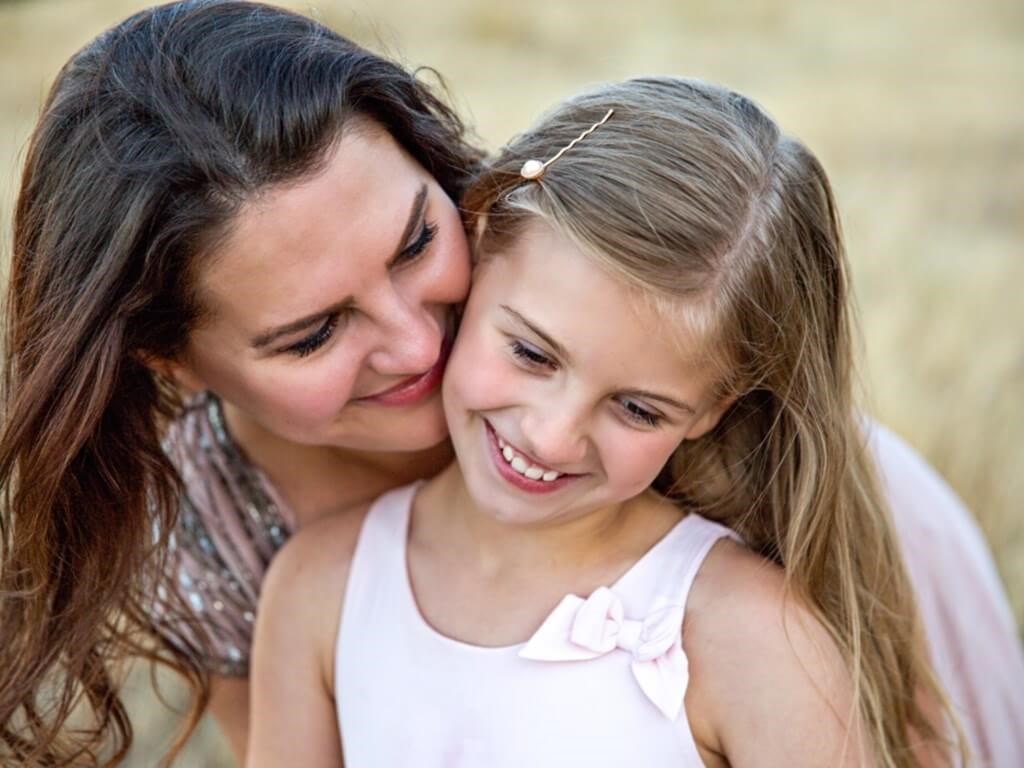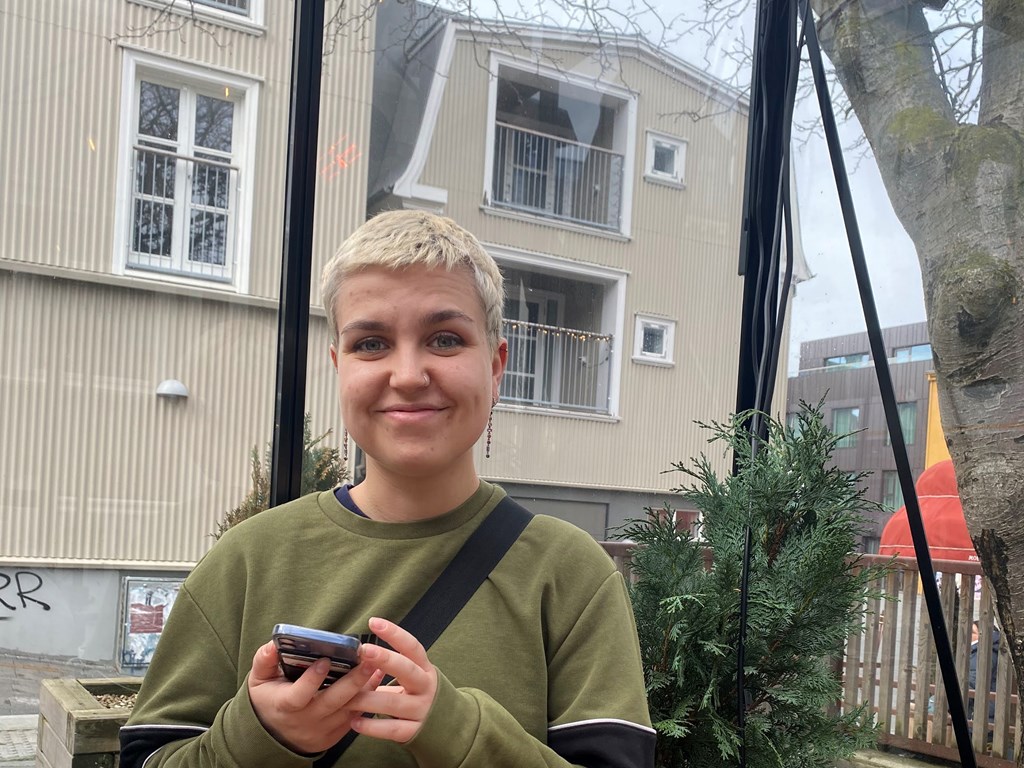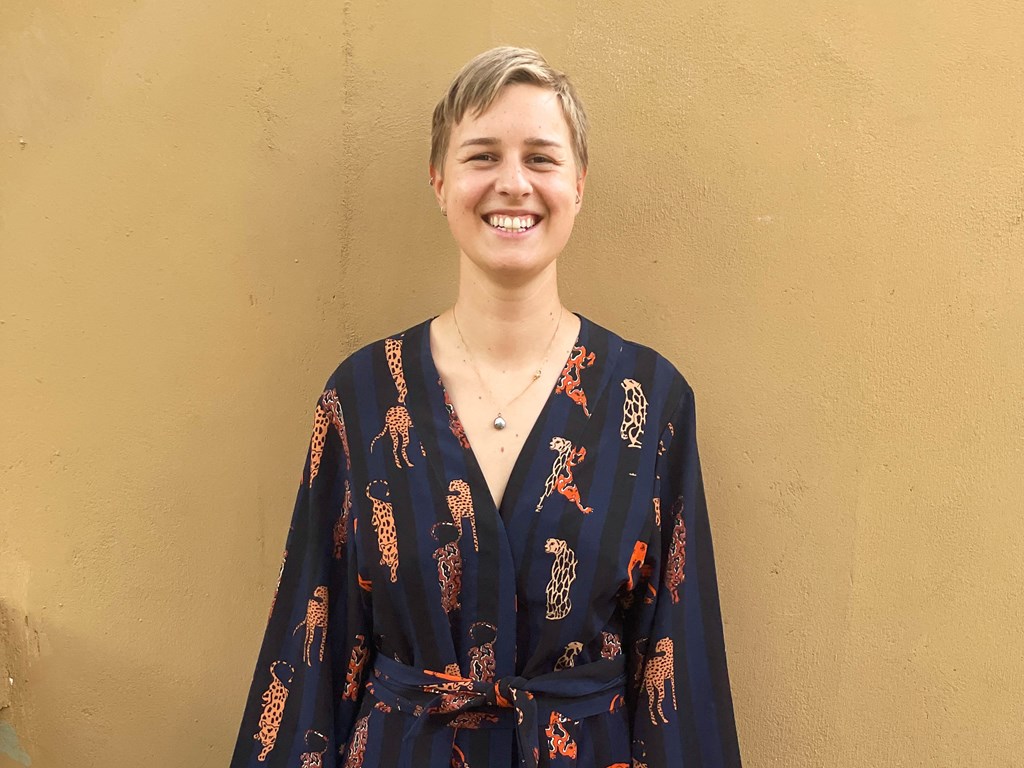Donor half-siblings – what should you consider?
Most sperm donors help multiple families. Because of that, many donor-conceived people will have donor half-siblings out there somewhere. As the parent of a donor child, this poses a question; what's the most appropriate way to approach the concept of donor half-siblings with your child?

Donor half-siblings. Donor siblings. Half-siblings. "Diblings", as some also call it, or simply: Genetic relatives.
Regardless of terminology, we are talking about children who were conceived with sperm or eggs from the same donor, but who are not part of the same family. At European Sperm Bank, we are seeing an increased focus on these relationships that are defined by many as a completely new type of relatives.
The children's interests always come first
As a sperm bank, we do not have an opinion on what is right or wrong when it comes to donor half-siblings. Our main message is that it is an important topic to consider and that you should always have your child's best interests at heart. Regardless of how you choose to approach it as a parent.
But how do you even introduce the concept of donor half-siblings to your child?
Henriette Cranil, a psychologist and mother of 11-year-old donor-conceived twins, has taken the conversation gradually and expanded on it as the children grew older:
"From the very beginning of my process with donor sperm and pregnancy as well as during the twins' youngest years, I have been completely open and honest. We have a large network of donor-conceived children and mothers for me and my kids to identify with. As the children have grown older, we have expanded our conversations about potential donor siblings. From the age of seven, we were able to talk about several aspects. For instance, we watched a nice little video about a boy who seeks out donor half-siblings.
It was a very concrete way of talking about it. We've taken the conversation bit by bit, and we're not at all done talking about it," says Henriette Cranil. She continues:
"My own experience has been that my children are more curious about the donor, and I hear the same from my network. I have spoken to my kids about the potential number of donor half-siblings and the fact that there definitely ARE some out there. But we have not had the conversation on a deep level yet. My choosing an anonymous donor back in the day also plays a part. For better or worse, we know nothing about him, and the twins have grown up knowing that. So far, my children have not shown much interest in or asked questions about their donor half-siblings, and that tells me where they are in their process.”
We have to feel a real need in order for it to make sense. I have taken the children's age into account, and whether to seek out donor siblings should be their choice.
What is your motivation as a parent?
If you are thinking about looking for your child's donor half-siblings, the first question to ask yourself is: What is my motivation? Is it your personal curiosity, or do you want your child to really get to know their donor half-siblings and thus, potentially expand your social circle? Regardless of your motives, it is important to put your child’s interests first. For that reason, consider talking to your child first.
For some donor children, finding and meeting donor half-siblings is a joy. Others find that the experience raises more questions than answers, or they simply do not feel the need to seek out donor siblings. Meeting other families with donor children might also be enough for some.
So far, Henriette Cranil has chosen not to look for donor half-siblings.
"It is not a definitive no. But I believe we have to feel a real need in order for it to make sense. I have taken the children's age into account, and whether to seek out donor siblings should be their choice. The fact that they are twins definitely plays a role because they have each other. If I had had an only child, I would have thought differently. Then it would make more sense to look for donor half-siblings," says Henriette Cranil. She adds:
"Currently, three to four months might pass between us having the conversation, and our chats are initiated entirely by me. I need to see a clear and more sustained interest before I think it will be right for us to start looking. But I wouldn’t be surprised if we chose to seek out donor siblings sometime in the future. My children are totally free to make that decision when they are ready, and I will always support and help them.”
My reflections have been guided by what is essential for becoming a healthy individual: Love, security, stability and the attentive presence of adults. All the important aspects of a child's life. In the long run, knowing their donor half-siblings may enrich my children's lives, but it is not essential.
Consider when it makes sense to look for donor half-siblings
At what point is it appropriate to start looking for donor half-siblings? When the child is still small, during their teenage years or not until early adulthood?
Younger children may be more comfortable with the idea of new relationships and may accept the situation more easily than older children. Meanwhile, being a teenager is already a challenging time and having to deal with donor half-siblings can be confusing. Your child might not even have considered that such genetic relatives exist. On the other hand, the teenage years might be a good time because the children are able to form their own bonds and relationships, if the same age.
Again: there is no universal answer.
Always look out for behaviour or signs indicating that your child is finding the situation difficult. Make sure that he or she knows that they can always come to you with their questions and reflections. Avoid pressuring your child into engaging with donor half-siblings if he or she does not feel comfortable doing so – regardless of how good your intentions are.
Maria Pilo is a Danish pre-school teacher and the mother of 3-year-old Albert. She found that connecting with another mother who has a child conceived with the same donor’s sperm was reassuring because she has as much information as possible.
When Albert was a few months old, Maria Pilo reached out in a group on Facebook, and after a short time, she got in touch with a woman from another part of Denmark. The woman sent Maria an email describing herself and her son. Since then, the two mothers have met with their boys a few times a year.
I want to offer my son as many answers as is possible in our situation. It's an attempt to hedge my bets.
"I really appreciate our relationship; it is a kind of safety net for me. The fact that I can provide Albert with as much information as possible and someone with whom to identify means a lot. I will do whatever I can to avoid Albert blaming me for choosing to become a solo mum sometime in the future. I also want to offer him as many answers as is possible in our situation. It's an attempt to hedge my bets," says Maria Pilo, who is pregnant with another little boy due this summer:
"I've only found that one other mother, and I'm not looking for more. I don't consider the relationship family. I have chosen the same sperm donor again, and it is Albert and his future little brother, who are brothers. But it's fun to compare the boys. They are of the same stature, tall and slender, with the same mouth and nose. The boy and his mother are like good friends to us right now, and that is my starting point. Perhaps that will change in the future. At this point, the relationship between us mothers will carry the contact for the next many years. If at some point in the future Albert wants more information and close relationships with other donor half-siblings, I will always support him.”
Be realistic and help your child process the experience
For many donor half-siblings, seeing physical features mirrored in another person invoke a feeling of having expanded their family or social circle. At the same time, the experience can be overwhelming. It is not a given that you - whether you are donor-conceived or a parent - will feel an immediate connection just because your families have received help from the same donor.
Your feelings or your child's feelings about these new relationships may also fluctuate over time. If you choose to seek out your child's donor half-siblings, take it one step at a time. Children’s imaginations can be strong, and their expectations might be far from reality. As a parent, make sure you are ready for such situations and support your child if the first meeting with a half-sibling does not go as expected. Remember that your child gets the most out of the experience in the long run. Also, it is not a given that your child is interested in this kind of relationship.
Finding out the identities of donor half-siblings is just the beginning. The experience might spark a lot of questions from your child about conception, why you used a donor, who that person is and a range of other big questions.
It is also good to prepare for the event that other donor-conceived families might be curious about your child and your family. If a potential donor half-sibling or the parent of a donor half-sibling reaches out to you, give both yourself and your child time to figure out how you feel about it. There is no right or wrong. It's perfectly okay to decline contact.
The same advice applies on a general level when determining whether to seek out donor half-siblings.
Give yourself time, consider the pros and cons. What is best for your child and your family? There is no clear-cut way to go about this and choosing not to look for donor half-siblings can be just as sensible as going ahead. Also, your decision need not be final. If in doubt, wait.
As Henriette Cranil puts it:
“Good arguments can be made for both choices, and it is not a black and white matter. I think you should be conscious of your motives, regardless of what you decide. Seeking out donor siblings requires time, care, and the form must be in place. You can’t simply do it out of sporadic curiosity. We owe it to our children to be aware of what we are setting in motion. Ethics must be the guiding force.”
Advice for seeking out donor half-siblings:
- Consider your reasons for wanting to seek out families who have used the same donor
- Respect your own and your child's boundaries. Allow yourself and your child to change your minds
- Be realistic – especially when it comes to situations where your expectations do not match reality
- Involve your child as much as possible. Consider if the time is right and focus on your child's interests
- Remember, there is no correct way to navigate these situations. Do what feels right for your family
You might also enjoy
 Life as a parent
Life as a parentTelling Your Child That They're Donor-Conceived: The Full Guide to Parents
Do you wonder when and how to tell your child that he or she is donor-conceived? In this blog post, we offer advice on how to tell your child about their donor conception including what to say when.
 Personal stories
Personal storiesDonor child on her search for half-siblings: “I was curious about the people I share DNA with”
22-year-old Rikke Jespersen has eight donor half-siblings, all of whom were born with the help of the same sperm donor. Here she talks about her thoughts before and during her search for half-siblings.
 Helle Tyllesen
Helle Tyllesen
